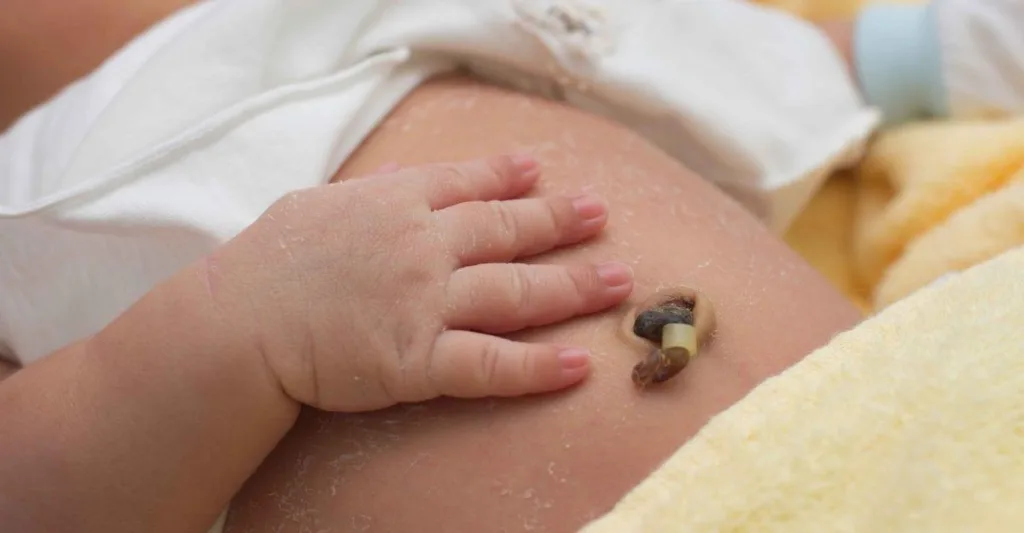Researchers from the University of Rhode Island College of Nursing recommend a five-minute delay in clamping of healthy infants' umbilical cords.
The delay in umbilical cord clamping can result in increased iron stores and brain myelin in areas important for early life functional development. Myelin is a fatty substance in the brain that wraps around all the axons of nerve cells. Myelin acts as an insulator and helps transfer messages across the nerve cells in the brain. In a study of 73 infants beginning in October 2012, nurse researchers said their results challenge the common practice of immediate umbilical cord clamping.
"When we wait five minutes to clamp the cords of healthy babies, there is a return of the infant's own blood from the placenta, and one of the results is a return of up to 50% of the baby's iron-rich blood cells," Debra A. Erickson-Owens, PhD, CNM, RN, FAAN, said in a news release. "So when the brain needs red blood cells (and iron) to make myelin, the robustness of the iron stores make a big difference."
Erickson-Owens and fellow study author Judith S. Mercer, PhD, CNM, FACNM, are both certified nurse-midwives. Their study was published in the December 2018 issue of The Journal of Pediatrics.
Umbilical cord clamping study details
At 4 months of age, the babies had an MRI during naps or bedtimes, along with blood and other tests. Blood was drawn to test for iron indices including ferritin, a protein containing iron that helps the formation of myelin. Researchers found increased ferritin levels in babies who had delayed umbilical cord clamping when compared to those who had their umbilical cords clamped immediately. "It's assumed that the better the myelination, the more efficient the brain processing is," Erickson-Owens said. "The regions of the brain affected by increased myelination are those associated with motor, sensory processing/function and visual development." Erickson-Owens noted the American College of Obstetrics and Gynecology said in January 2017 a one-minute delay in cord clamping is enough for healthy babies.
"Our study shows that waiting five minutes or more before clamping the umbilical cord, while infants are held skin-to-skin with the mother, leads to more myelin development," Erickson-Owens said. "This is a low-tech, low-cost technique that we believe can mitigate iron deficiency and vulnerability to anemia."
The researchers said they know of no other published studies on the association of the timing of umbilical cord clamping and its effect on early brain development, specifically myelin volume. "What was significantly different was the amount of iron and brain myelin volume in the babies with delayed cord clamping, which was captured by the MRI," Erickson-Owens said. Rhode Island researchers previously studied delayed umbilical cord clamping in premature infants. That research showed delayed clamping in preterm infants led to better motor development than in preterm babies whose cords were clamped immediately.
Take these courses on pediatric care:
- Pediatric Nursing (CPN/PED-BC) Certification Review Course (18.5 contact hours)
- ELNEC Pediatric Curriculum (10.75 contact hours)






